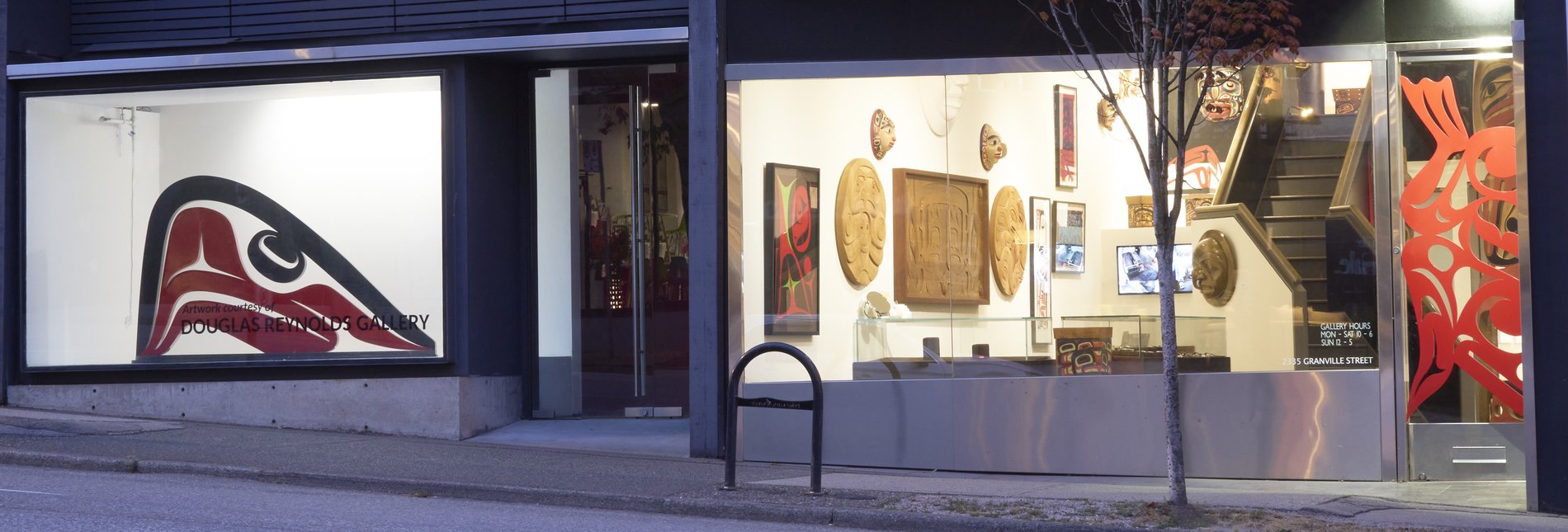It appears that your cart is currently empty

Killer Whale
Indigenous artwork on the Pacific Northwest Coast often incorporates figures and animals that are related to crest symbols. Crests have been passed down through families and have varying meanings depending on the context and association with a nation, clan, or family. The figures depicted in contemporary Northwest Coast Indigenous artwork also have varying meanings but there are some common characteristics from a range of sources, including oral histories and artist descriptions.Killer Whale is a common crest and being among many groups of the Northwest Coast, and one of the most prevalent depictions in the artwork. In some Haida oral traditions, Raven-Finned Killer Whale is a whale-chief and characterized by a Raven-headed dorsal fin. There are also Haida depictions of two-, three-, and even five-finned Killer Whales. It has been suggested that these supernatural figures may have originated from sightings of whale pods surfacing, with multiple dorsal fins visible above the water. Killer Whale’s familial bonds and skillfulness in teamwork can oftentimes lead to associations with communication, family, unity, and travel. Killer Whale is generally identified by a large ovoid eye, blowhole, dorsal fin, and tail flukes.
